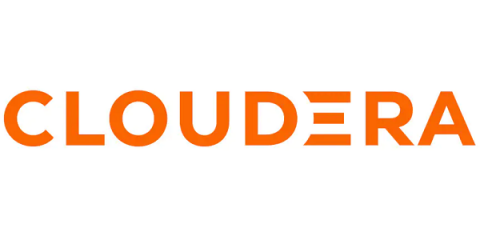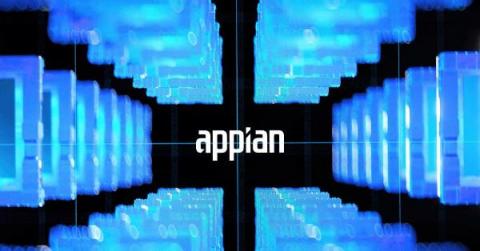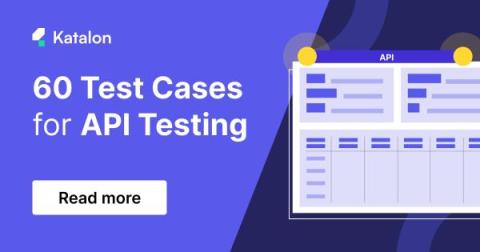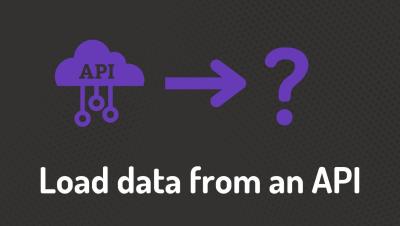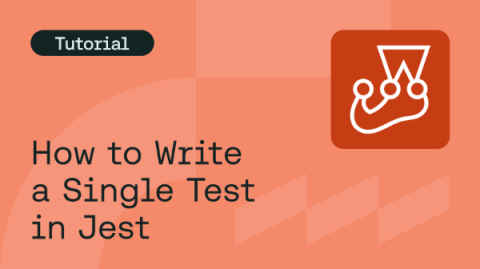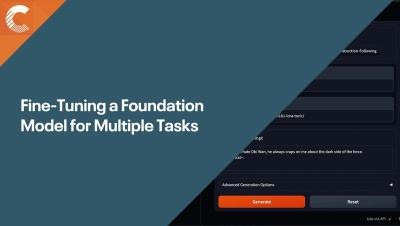Systems | Development | Analytics | API | Testing
%term
Software Testing Jobs on 15th September | Automation Tester Vacancies | Curated Job Openings for QAs
Telecommunications Data Monetization Strategies in 5G and beyond with Cloudera and AWS
The world is awash with data, no more so than in the telecommunications (telco) industry. With some Cloudera customers ingesting multiple petabytes of data every single day— that’s multiple thousands of terabytes!—there is the potential to understand, in great detail, how people, businesses, cities and ecosystems function.
Low-Code AI Tools: 5 Key Benefits
Artificial intelligence (AI) has led to a seismic shift in the business landscape, largely due to the surge in popularity of large language models like ChatGPT. From predictive models that foster better decision-making to generative AI code tools that enable teams to build applications faster, AI offers incredible benefits to organizations. Businesses need to embrace this technology or risk falling behind their competitors.
60 Test Cases For API Testing (With Template + API Testing Best Practices)
Application Programming Interface (API) is the backbone of the modern world. A lot of the activities you do on digital platforms leverage APIs, and testing those APIs is key to delivering good User Experience in software and applications. If you are trying to test APIs and don’t know where to start, read on and discover 60 test cases for API testing that you can use for references.
What are Microservices? Code Examples, Best Practices, Tutorials and More
Microservices are increasingly used in the development world as developers work to create larger, more complex applications that are better developed and managed as a combination of smaller services that work cohesively together for more extensive, application-wide functionality. Tools such as Service Fabric are rising to meet the need to think about and build apps using a piece-by-piece methodology that is, frankly, less mind-boggling than considering the whole of the application at once.
How to load data from an API
How To Optimize Python Code
Currently, Python is the most used programming language for different projects around the world. According to statistics, 44.1% of programmers choose Python coding language for application/web development. However, that does not mean that Python developers are exempt from creating messy and inefficient code that can cost you and your clients time and money This is where Python code optimization comes in.




